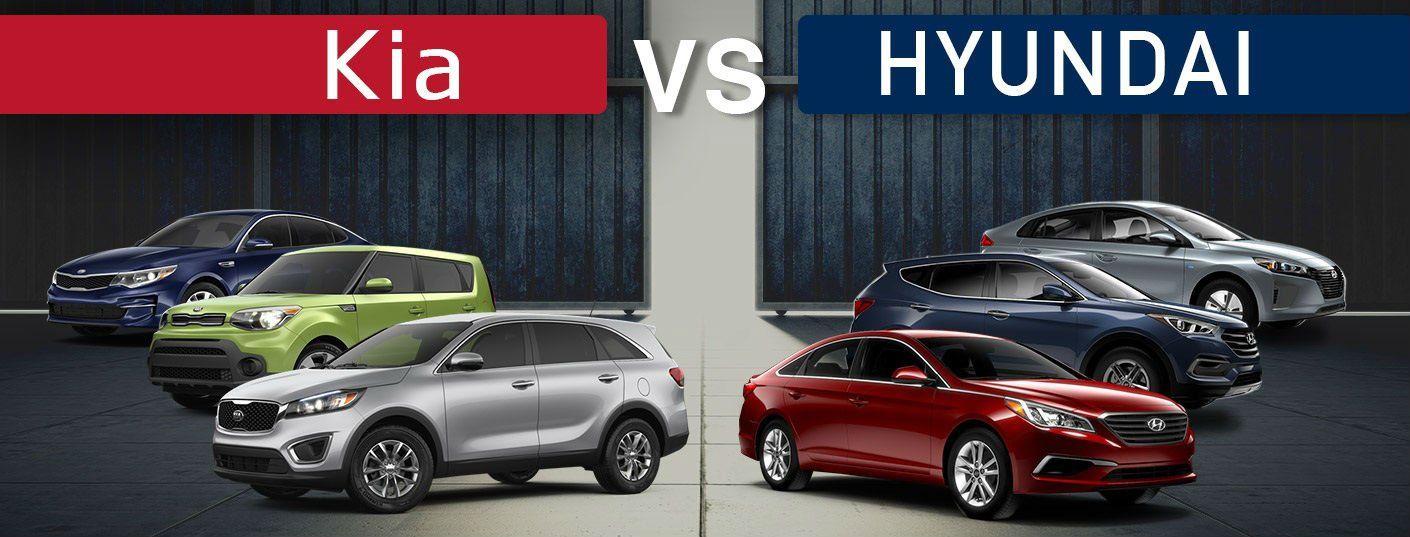When it comes to the world of automobiles, few rivalries capture the spirit of innovation and competition quite like that of Kia and Hyundai. Both brands, hailing from South Korea, have carved out their niches in the automotive landscape, making them formidable contenders in the hearts of consumers. But as they continue to develop and expand their offerings, the question arises: which brand stands out as the better option for car buyers? This exploration delves into a multifaceted comparison, shedding light on various aspects of each brand, from design philosophy to performance, reliability, and overall customer satisfaction.
Heritage and Evolution
To appreciate the present offerings of Kia and Hyundai, one must first examine their evolutionary trajectories. Hyundai Motor Company was founded in 1967 and quickly established itself as a key player in the global automotive market. On the other hand, Kia, founded in 1944, initially focused on bicycle manufacturing before transitioning to automobiles in the 1970s. This contrasting heritage establishes a backdrop against which the brands have developed their cues—while Hyundai has a more established aura of tradition, Kia’s journey has been one of reinvention and youthful exuberance.
Design Language
In recent years, both brands have demonstrated remarkable strides in design. Hyundai’s design ethos, known as “Sensuous Sportiness,” emphasizes fluidity and elegance, seen prominently in models such as the Sonata and Elantra. The sculptural lines and athletic stance offer a modern aesthetic that appeals to a wide audience.
Kia, on the flip side, enrolls its “Opposites United” philosophy which merges contrasts to create dynamic designs. The Kia Stinger, in particular, embodies this language—its sleek profile combined with muscular contours results in an eye-catching performance sedan that commands attention. While Hyundai aims for sophistication, Kia often leans towards an edgier, spirited personality. It’s this distinction in design language that could sway potential buyers based on their stylistic preferences.
Performance and Driving Experience
Performance is a pivotal factor for many car enthusiasts. Hyundai offers a well-balanced driving experience with many of its models equipped with robust engines and sophisticated suspension systems. The Elantra N, for instance, showcases Hyundai’s commitment to performance without sacrificing everyday comfort. Its turbocharged engine coupled with sharp handling exemplifies the brand’s ambition to provide a thrilling yet practical ride.
Kia doesn’t shy away from the performance battle, either. The Kia GT line, comprising vehicles like the Stinger and K5, underscores Kia’s intention to appeal not just to mundane commuting but also to spirited driving. The Stinger, in particular, rivals even the most revered brands in its segment, offering a powerful driving experience with precision engineering. Thus, when it comes to performance, both brands have models that cater to the demanding preferences of driving aficionados.
Technology and Safety Features
In this digital age, a vehicle’s in-cabin technology and safety features are as crucial as its performance. Hyundai typically integrates a host of cutting-edge technologies across its lineup, including advanced driver-assistance systems (ADAS). Models like the Tucson and Santa Fe are adorned with features like forward collision warning, blind-spot monitoring, and adaptive cruise control, enhancing overall safety and peace of mind.
Similarly, Kia is not far behind, incorporating technology staples in its vehicles, such as the intuitive UVO infotainment system and a myriad of safety technologies. The brand emphasizes user-friendly interfaces, ensuring that even technologically averse consumers can navigate them with ease. The Telluride, for instance, offers an array of smart tech features, making it a strong contender in the SUV segment.
Reliability and Warranty
Reliability is paramount in the automotive realm, and both brands have earned commendations for their dependability. Hyundai has historically been recognized for its long-lasting vehicles, and this reputation extends to Kia as well, particularly after the latter’s transition into a more quality-focused manufacturing approach. Both brands offer an industry-leading warranty that enhances buyer confidence, with Hyundai and Kia providing a 10-year/100,000-mile powertrain warranty. This assurance stands as a testament to their commitment to quality and customer satisfaction.
Affordability and Value
Competition in the automotive market often boils down to value. In terms of pricing, Kia and Hyundai typically provide remarkably competitive pricing structures. Both brands offer an array of vehicles that are generously equipped with features typically found in more premium models, making them standout choices in their respective categories. Depending on the model, their adept balance of affordability and features often leads to a superior cost-to-benefit ratio compared to many competitors. It’s a viable invitation for potential car buyers who are looking for more bang for their buck.
Conclusion: A Personal Choice
Ultimately, the comparison between Kia and Hyundai reveals two brands that are not only innovative but also incredibly aligned in their mission toward customer satisfaction. While Hyundai leans toward a more traditional, refined essence, Kia exudes a sense of adventure and edgy appeal. The choice between the two brands may well hinge upon individual preferences, whether it’s the enticing designs, performance capabilities, advanced technologies, reliability features, or the assurance of value. In this exhilarating auto journey of choices, prospective buyers are invited to pick their favorite steed, confident in the knowledge that both Kia and Hyundai stand on robust ground in the automotive domain.
